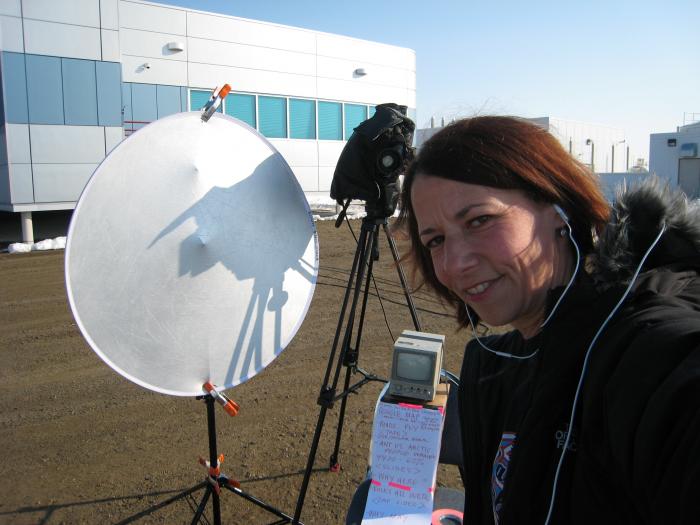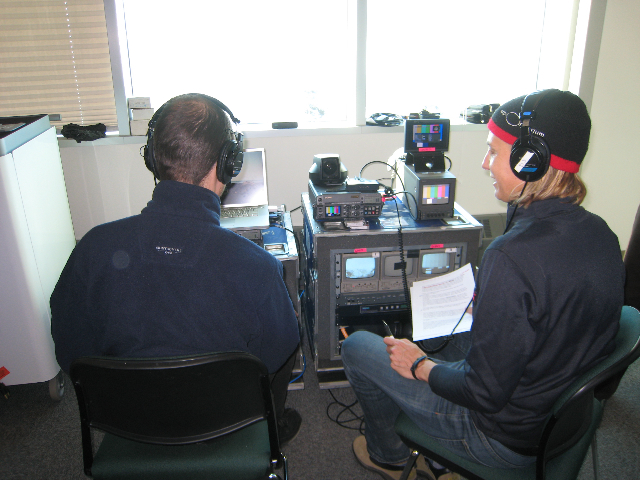
The map is of Norway, but not the Norway I know. Instead, out of that box slips a small, hand-tipped map, dated 1750. It’s not a passport, a diploma, or anything else I’ve been waiting for.

I pick up the box and, still standing on the porch-tall, narrow blades of bluegrass edging the boards, springing up through the wooden-slatted floor-carefully slide it open with a house key. When I see the package resting against my front door, I will wonder for a moment if it’s an old passport finally returned or maybe my university diploma. Beyond this, though there is certainly a growing interest in European nature writing and in nature writing about European places, less has been published (in English) on nature in northern Europe.Ī few months after I leave the windswept plains of the Wyoming West for the last time, a flat, white document box comes for me in the mail.

The book engages multiple types of disappearances-from the highly-publicized disappearance of the poet, Craig Arnold, to the lesser-known disappearance of lemmings on ice-and in the end, seeks to understand taxonomies of loss and the furthest limits of naming.This takes up the subject of all these disappearances, but rather than through the fast-reporting of news outlets, it tries to “essay” towards understanding: inviting the reader on a research journey: listening in on conversations, making their way through muddy trails, across oceans, and even right up to the surface of the ice.Also included in 2017 were a global spate of earthquakes, mudslides, monsoons, and a great deal of melting ice. In that same year, over 70 species of animals reached the status of critically-endangered or possibly-extinct.

suffered Hurricane Harvey, Hurricane Irma, and the most significant California wildfires in its history. Six weeks after that, an iceberg the size of Delaware broke off the Larsen C Antarctic Ice Shelf. would soon leave the Paris Climate Accord. In the spring of 2017, the president of the United States declared the U.S.


 0 kommentar(er)
0 kommentar(er)
